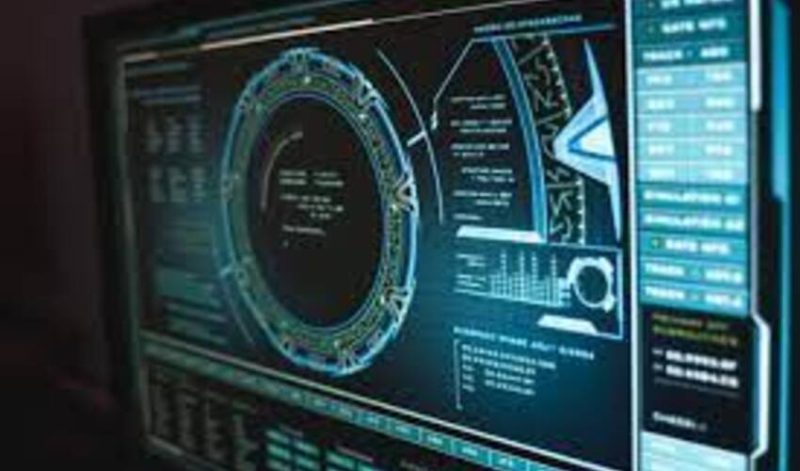When your car is damaged, whether it is a minor door ding or a more significant scrape, you dread the inevitable hassle of fixing it. After all, what follows has traditionally been a tedious process of long waits, multiple appointments, and the uncertainty of the final repair quality.
However, a quiet revolution is underway in the multi-billion-dollar U.S. collision repair industry, a market valued at over $36.6 billion in 2023.
A new wave of innovative technologies is reshaping the future of car dent repair. These innovations are transforming what was once a highly manual, labor-intensive process into a streamlined, data-driven science.
That said, let’s take a look at some innovative technologies that are making the repair process faster, better, and way less stressful for car owners.
#1 Advanced Paint-Matching Technology
Traditional paint matching was a challenging blend of ‘art and science’ that relied heavily on a technician’s experience and judgment.
It was prone to human error and inconsistency. The result was often a noticeable color difference, especially on vehicles with complex finishes or those that had been exposed to the weather for years.
Today, computerized paint-matching systems are eliminating that guesswork. These systems rely on a sophisticated tool called the digital spectrophotometer. This device goes beyond human vision, acting as a super-powered color scanner to analyze a vehicle’s paint.
This advanced device takes into account the base color, metallic flakes, pearl effects, and even clear coat properties to break down the color. The spectrophotometer can also take readings from multiple angles to ensure the most accurate data possible.
Once the data is captured, specialized software takes over. The system compares the digital profile to a massive database containing thousands of paint formulations. The result? Paint matches that are so spot-on, you literally cannot tell where the repair begins and ends.
#2 Paintless Dent Repair
Minor dents can be a real headache. The thought of a long, costly repair with sanding, fillers, and repainting is enough to make anyone feel discouraged.
However, a specialized and non-invasive technique known as paintless dent repair, or PDR, has emerged as a revolutionary alternative for a wide range of damage.
Mile High Dents explains this as a specialized process that gently massages dents to push them out from the inside, leaving your vehicle’s original paint completely untouched. It also adds that the car retains its original factory finish and holds its value because there is no repainting involved.
The technique is particularly effective for small to medium-sized dents, roughly between a quarter of an inch and 4 inches wide.
Compared to traditional bodywork, it’s a much faster and more affordable option. In fact, it saved a Rivian R1 Owner $41,000 to fix a dent in his green truck’s rear quarter panel.
The process also boasts an incredibly quick turnaround time. Most small to medium dents can be fixed in as little as 1 to 4 hours, and some shops even offer same-day or mobile service.
#3 3D Printing for Custom Parts
The challenge of finding a rare or discontinued replacement part can be a nightmare, especially for owners of classic or vintage cars. The traditional parts supply chain is often a dead end for these unique needs.
But 3D printing is changing that. It’s allowing auto body shops to create certain custom or hard-to-find parts on-site using durable plastic, resin, or even metal materials.
The process of 3D printing for auto parts begins with the creation of a digital model using computer-aided design (CAD) software.
The 3D printer meticulously scans the original part, even if it is broken or worn. Then it builds the new part layer by layer, fusing materials like plastic, metal, or carbon fiber to create a perfect, identical copy.
Major Italian automakers like Ferrari, Maserati, Lamborghini, Pagani, and Dallara, along with Fiat and Alfa Romeo, are embracing or experimenting with 3D printing. They are now investing in this technology to create both prototypes and final production parts.
This technology is also contributing to the proliferation of the DIY segment of the market. Many online platforms offer free 3D models of car parts that hobbyists and enthusiasts can download and print at home.
The days of frustrating, time-consuming, and uncertain car repairs are quickly fading. These innovations are fundamentally redefining the auto body repair experience.
For car owners, this digital transformation is overwhelmingly positive. It means a faster, more convenient, and more trustworthy experience from start to finish. The stress and inconvenience that once defined auto body repair are becoming a thing of the past. A new standard of service powered by cutting-edge technology is replacing it.
Read Dive is a leading technology blog focusing on different domains like Blockchain, AI, Chatbot, Fintech, Health Tech, Software Development and Testing. For guest blogging, please feel free to contact at readdive@gmail.com.





